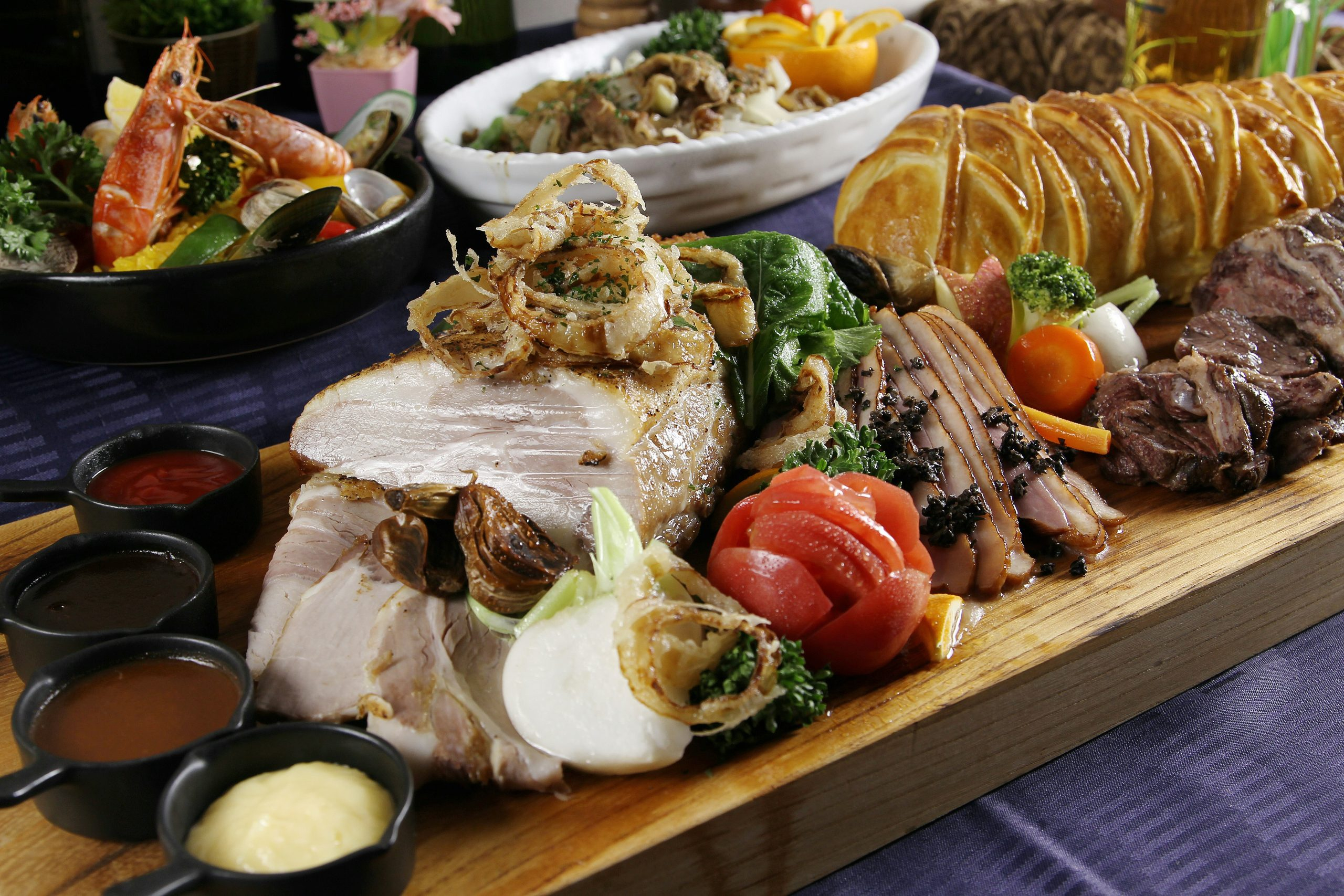Carbon Tax on Meat: How Legislation is Reshaping Menus
The global debate over climate change has led governments around the world to take action in reducing carbon emissions. While most attention has been focused on fossil fuel industries, a recent trend has emerged that is taking aim at the agricultural industry. Governments, particularly in Europe, have begun to implement carbon taxes on meat production in an effort to reduce greenhouse gas emissions. This legislation has not only sparked controversy within the industry, but it is also reshaping menus for consumers. In this article, we will explore the impact of carbon tax on meat and how it is reshaping menus, while also delving into the larger conversation surrounding the environmental impact of meat production.
The Push for Carbon Tax on Meat
The idea of a carbon tax on meat is not a new concept, but it has gained momentum in recent years as a tool for addressing climate change. The reasoning behind it is simple: meat production, particularly livestock farming, is a major contributor to greenhouse gas emissions. According to the Food and Agriculture Organization of the United Nations, the livestock sector is responsible for 14.5% of global greenhouse gas emissions, and that number is expected to rise as global meat consumption continues to increase.
In response to this alarming statistic, some countries have implemented or are considering implementing a carbon tax on meat. For example, in 2019, Denmark announced plans to introduce a tax on all beef, pork, and dairy products, with the aim of reducing the country’s carbon emissions by 20% by 2025. Similarly, in 2021, Germany proposed a tax on meat production and consumption in order to reduce its greenhouse gas emissions by up to 7%. These types of legislation have sparked a global conversation about the impact of meat on the environment and the potential benefits of implementing a meat tax.
Impact on the Agriculture Industry
Challenges for Farmers
The implementation of carbon tax on meat has raised concerns and challenges for farmers around the world. The additional tax adds an extra cost to their production, which can hurt their profit margins. Smaller and independent farmers are particularly vulnerable to this added cost, as they may not have the financial resources to absorb it. As a result, they may have to increase the prices of their products, making them less competitive in the market.
Potential for Technological Solutions
On the other hand, the carbon tax has also created opportunities for farmers to innovate and find more sustainable ways of producing meat. This may include investing in more efficient farming techniques, such as utilizing renewable energy sources or implementing better waste management practices. With the right support and resources, these technological solutions could not only help farmers comply with the carbon tax rules, but also reduce their overall carbon footprint.
Reshaping Menus
The implementation of carbon tax on meat has also had a significant impact on menus in restaurants and food establishments. In countries where the legislation has been put in place, consumers may see an increase in the price of meat dishes on the menu. This could potentially lead to a decline in meat consumption, as people may opt for more affordable, plant-based alternatives.
Moreover, the carbon tax has also sparked a trend of restaurants and food establishments offering more environmentally friendly and sustainable options on their menus. This may include vegan or vegetarian dishes, or dishes made with more sustainably sourced meat products. As consumers become more aware of the impact of their food choices on the environment, they are more likely to choose options that align with their values and beliefs, even if it means paying a higher price.
The Bigger Picture
While the implementation of carbon tax on meat has sparked a global conversation about the environmental impact of meat production, it is important to recognize that it is just one piece of the puzzle. The issues surrounding climate change and the environment are complex and require comprehensive solutions. Governments, industries, and individuals must work together to find sustainable and equitable ways of reducing carbon emissions from all sectors.
The Role of Consumers
While carbon tax on meat may have an impact on reducing greenhouse gas emissions from the agriculture sector, ultimately, it is up to consumers to drive change. By making conscious and informed choices about the food we consume, we can send a clear message to governments and industries about our priorities and values. Choosing to support sustainable and environmentally friendly options, whether it be through our dietary choices or the products we purchase, can have a powerful impact on shaping a more sustainable future.
The Road Ahead
The implementation of carbon tax on meat may be met with resistance from the agriculture industry and consumers alike. However, it is an important step towards addressing the environmental impact of meat production. With the right approach and support, the agriculture industry can adapt and find sustainable solutions, while also providing consumers with environmentally friendly options on their menus. As we continue to face the effects of climate change, it is crucial for governments, industries, and individuals to work together towards a more sustainable future for our planet.
Conclusion
The implementation of carbon tax on meat may have sparked controversy and challenges within the agriculture industry. However, it is also a necessary step towards addressing the impact of meat production on the environment. As we continue to navigate the conversation surrounding climate change and sustainability, it is important to recognize the potential for innovation and change within the agriculture sector. With the support and participation of all stakeholders, we can work towards a more sustainable and equitable future for all. And who knows, perhaps this legislation will not only reshape menus, but also pave the way for a more sustainable and eco-conscious way of living.











